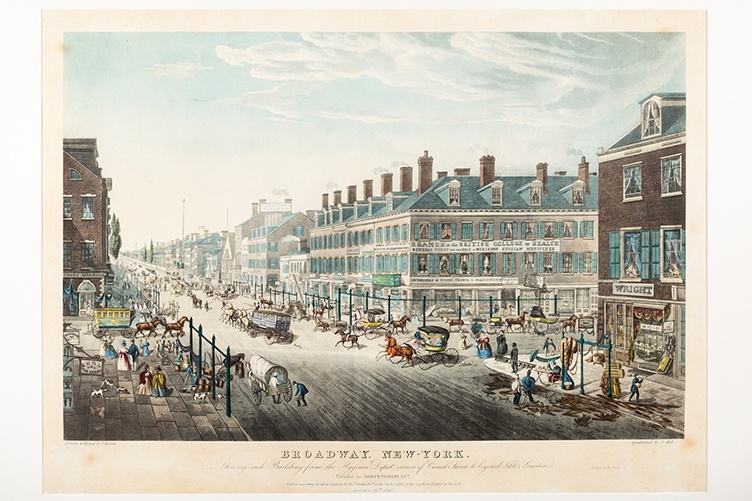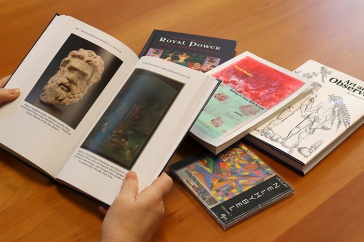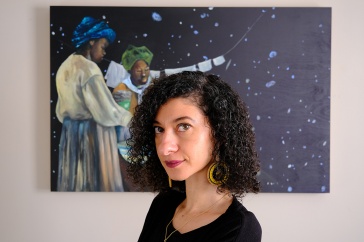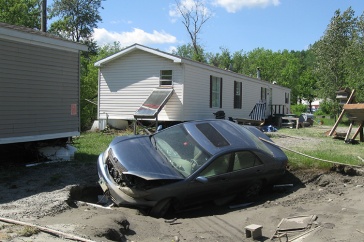
Thomas Horner’s “Broadway, New-York (1836),” Winterthur Museum, 1967.0152 A
For a month late last summer, English Professor Briggs Bailey had a chance to stroll through the countryside thinking about the city. A Winterthur Short-Term Research Fellowship brought her to the one-time du Pont family estate in Delaware — with its extensive garden and acres of meadows, farmland and waterways — to conduct research for her book project, “Antebellum City Texts: Periodical Print Culture and Emergent U.S. Metropolitan Spaces,” which will examine periodical depictions of New York and other cities between 1830 and 1860.
Bailey is particularly interested in exploring the tension between idealized celebrations of industrial improvements and portrayals that acknowledged the realities of racism, poverty and inequality in newly burgeoning American cities. Chapters of her book will address texts by well-known writers who contributed to periodicals of the time, such as Lydia Maria Child, Herman Melville, Catharine Maria Sedgwick, James McCune Smith, Walt Whitman and William J. Wilson, as well as less familiar writers. The book, for which she has also received a UNH Center for the Humanities Faculty Research Fellowship, will analyze the inception of a modern discourse on American cities during this “golden age” of periodicals, one of the first times a nationwide audience could be addressed in print.
In residence at one of the most significant collections of American historic and decorative objects in the world, Bailey pored over engravings and architectural prints, antebellum scrapbooks, periodical cuttings and lithographs. She sought out images that would further illuminate two competing aspects of emergent metropolises, “their bewildering thronged public spaces and the proliferating commercial, custodial and other institutional spaces that promised to order this unruly environment,” says Bailey. The latter often served to reassure middle class and elite audiences that there was still stability and oversight of human activity in these chaotic new spaces.
Bailey’s book will contribute to urban literary and cultural history, and — by focusing on depictions of rapid change in the geography of cities — to environmental humanities. She seeks to add to the ongoing conversation, relevant today, about who cities belong to, how people’s movement through them is informed by their identity, what power structures they reveal, and especially what influence, positive and negative, institutions can wield over their inhabitants.
Henry Francis du Pont (1880–1969), a member of Delaware’s industrialist du Pont family, built the collection of material objects that makes up Winterthur’s research center over many years. He also studied the great gardens of Europe as he created his own grounds, and he intended the “sunlit meadows, shady wood paths, and the peace and great calm of a country place which has been loved and taken care of for three generations” to be as enriching as the physical materials scholars now come there to study. Indeed, Bailey says she learned a great deal simply from walking the grounds and “roaming” the great house with other resident fellows and museum staff. But it was the opportunity to see for herself what the collections had to offer, to appreciate periodicals as objects and to “[handle] things that 19th century readers handled” that made the experience most exhilarating to her as a scholar.
-
Written By:
Katie Umans | UNH Center for the Humanities | katie.umans@unh.edu | 603-862-4356



















































